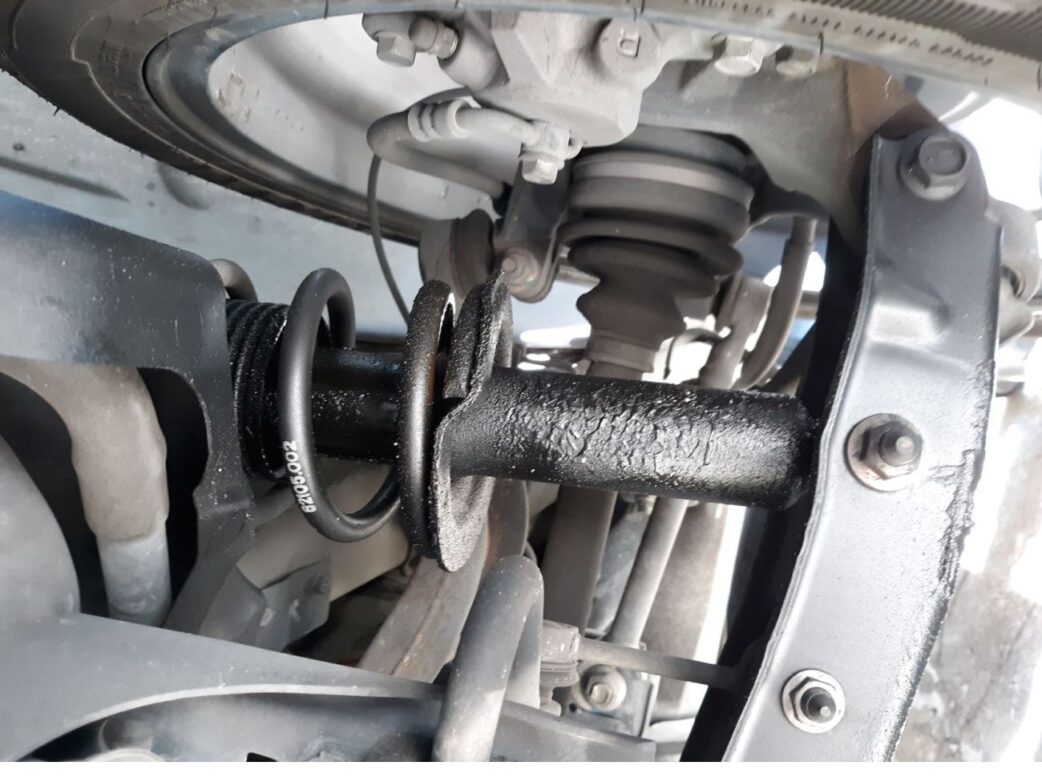Does blown shocks cause vehicle to sit lower?
Suspension plays a crucial role in providing comfort, stability, and safety to vehicles. It consists of various components like springs, shock absorbers, and struts, all working together to absorb road shocks and maintain the vehicle’s balance. However, over time, these components may wear out, affecting the overall performance of the suspension system. One common issue that car owners encounter is blown shocks. But what exactly are blown shocks, and do they cause a vehicle to sit lower?
Does blown shocks cause vehicle to sit lower?
To begin with, let’s understand what shock absorbers are and how they function in a vehicle’s suspension system. Shock absorbers, also known as dampers or shocks, are hydraulic or gas-filled devices that help control the up-and-down movement of the suspension. They are responsible for dampening the oscillations caused by road irregularities, providing a smooth and controlled ride.
Blown shocks, or failed shock absorbers, occur when the internal seals or valves within the shocks start to leak. This leakage leads to a loss of damping ability, resulting in reduced control over the suspension movement. While blown shocks can have several symptoms, such as increased bouncing, excessive body roll, or uneven tire wear, the question remains: do blown shocks cause a vehicle to sit lower?
In short, the answer is yes; blown shocks can cause a vehicle to sit lower. To understand why, we need to delve into how the suspension system works as a whole. The main purpose of the suspension is to maintain contact between the tires and the road surface, ensuring optimum grip and handling. This is achieved through the interaction of various suspension components, including the springs and the shocks.
Coil springs are the primary load-bearing component of a vehicle’s suspension system. They support the weight of the vehicle while providing flexibility and absorbing road shocks. When shocks are in good condition, they help control the compression and rebound of the springs, allowing for better handling and keeping the vehicle level. However, when shocks fail and become blown, they no longer perform their damping function effectively. As a result, the springs can become uncontrolled and cause the vehicle to sit lower.
When a vehicle sits lower, there are several issues that may arise. Firstly, the ground clearance decreases, posing a potential risk of scraping the undercarriage over speed bumps, potholes, or rough terrain. This can lead to damage or wear on various components, including the exhaust system, oil pan, or suspension parts. Additionally, the reduced ride height affects the overall handling and stability of the vehicle. It can lead to an increased tendency to bottom out on bumps, reduced traction, and compromised braking performance.
Another factor that contributes to the lower ride height is the loss of the shock absorbers’ upward travel. When the shocks are blown, they lose their ability to extend or rebound properly. Consequently, the springs sag more under the vehicle’s weight, causing it to sit lower. This reduced upward travel of the suspension limits the suspension’s ability to absorb road shocks effectively, resulting in an uncomfortable and bumpy ride.
Furthermore, blown shocks can also have an impact on tire wear. When shocks fail, they no longer provide adequate damping to control the tire’s contact with the road surface. This can lead to uneven tire wear, where certain areas of the tread may wear out faster than others. Uneven tire wear not only affects the durability and performance of the tires but can also result in reduced traction and handling capabilities.
Related posts:
What size trailer do I need to haul a stock M715?
Golf cart and Harlay on single axle trailer is it doable?
Can blown struts make your car sit lower than usual?
Yes, blown struts can cause a car to sit lower than usual. Struts are a component of a vehicle’s suspension system and are responsible for supporting the weight of the vehicle and providing a smooth ride. If a strut is blown, it can lose its ability to properly support the weight of the car, causing it to sag and sit lower than usual. This can also lead to a bouncy or unstable ride. It is important to have worn or blown struts replaced to maintain proper suspension and safety.
Can bad shocks cause steering problems?
Yes, blown struts can cause your car to sit lower than usual. Struts play a crucial role in maintaining the height and stability of a vehicle, and when they are blown or worn out, they can no longer provide the necessary support. This can result in the suspension sagging and the car sitting lower than it normally would.
Can bad shocks cause vibration at high speeds?
Yes, bad shocks can cause vibrations at high speeds. Shocks are an important component of a vehicle’s suspension system that helps absorb the impact of bumps and uneven surfaces. When shocks are worn out or damaged, they may not be able to effectively dampen the vibrations caused by the road surface, resulting in a bumpy and vibrating ride. This can be especially noticeable at higher speeds when the vehicle is subjected to more intense forces. It is important to have bad shocks replaced to ensure a smooth and stable ride.
Can bad rear shocks cause vibration?
Yes, bad shocks can cause vibration at high speeds. Shocks are responsible for absorbing the impact from bumps and uneven road surfaces. When shocks become worn or damaged, they lose their ability to effectively absorb these impacts, leading to increased vibration in the vehicle, especially at higher speeds. This can result in a bumpy, uncomfortable ride and can also affect the vehicle’s handling and stability. If you are experiencing vibration at high speeds, it is a good idea to have your shocks inspected and potentially replaced if necessary.
Does blown shocks cause vehicle to sit lower?-Conclusion
In conclusion, blown shocks can cause a vehicle to sit lower. When the shock absorbers fail, the springs lose their proper control, leading to lower ride height. This can adversely affect the vehicle’s clearance, handling, stability, and tire wear. It is crucial to address blown shocks promptly to avoid further damage and maintain the performance and safety of the vehicle. Regular maintenance and inspections of the suspension system can help identify any issues with shock absorbers and ensure proper functioning of the suspension components.



